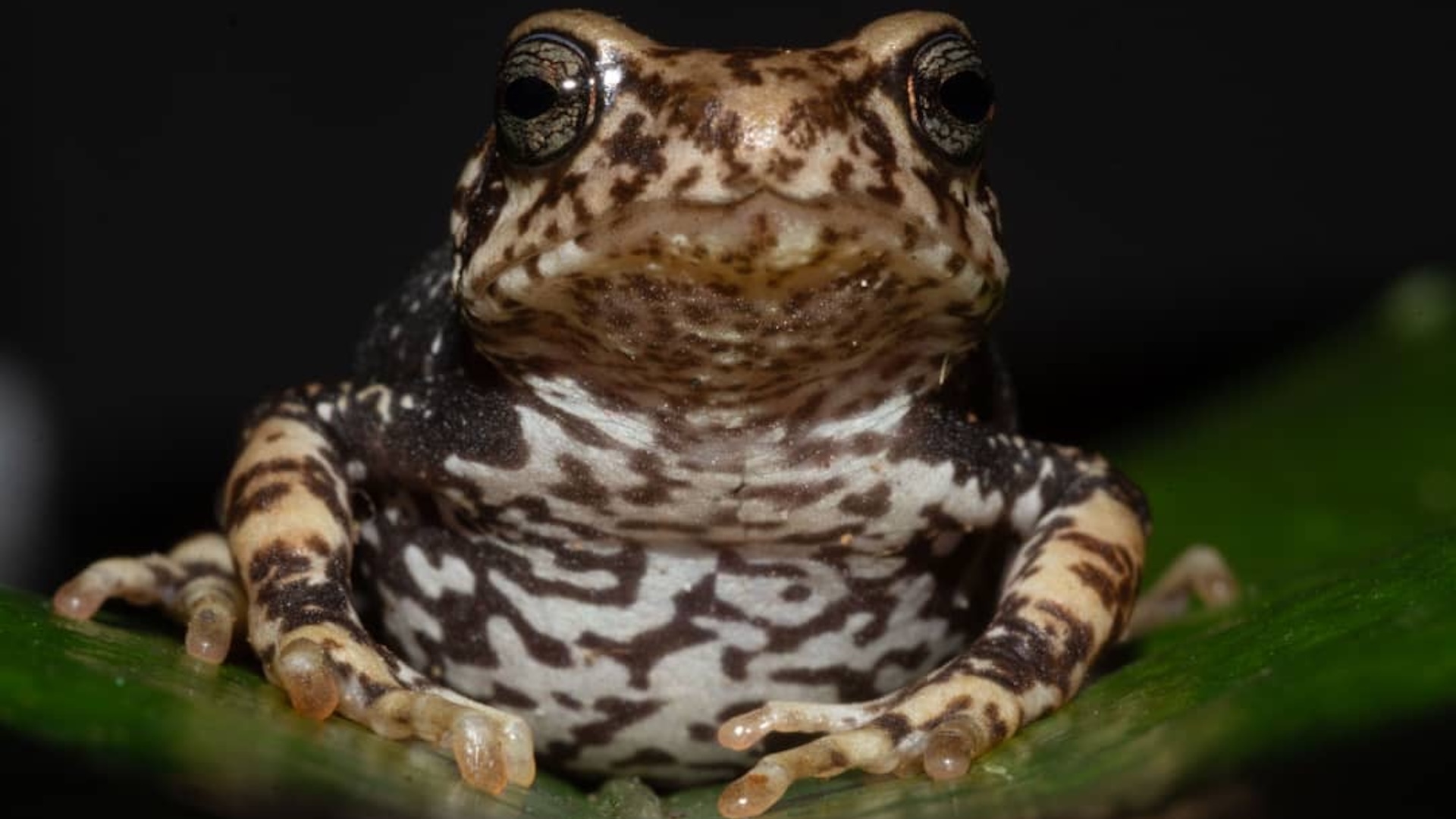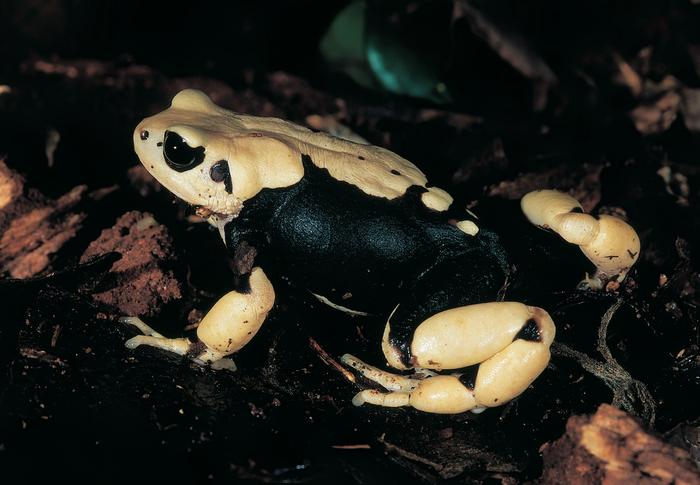Newly discovered toads skip the tadpole stage and give birth to live 'toadlets'
Three newly-identified toad species in Tanzania give birth to live young, skipping the frogspawn and tadpole stages — an "exceptionally rare" trait among toads and frogs.

Scientists have identified three new toad species that give birth to live "toadlets" rather than laying eggs.
All three species are part of the Nectophrynoides genus, also known as "tree toads," which is a group known for birthing live baby toads that skip the tadpole stage. Previously thought to be one species with a large population and habitat range, these smaller, more fragmented species may require additional conservation measures, researchers wrote in a new study.
"Live-bearing is exceptionally rare among frogs and toads, practiced by less than 1% of frogs species, making these new species exceptionally interesting," study co-author H. Christoph Liedtke, a researcher who studies amphibian evolution at the Spanish National Research Council, said in a statement.
Just 17 of over 7,000 known species of frogs and toads were known to give birth to live young prior to this study, with 13 of them being part of the Nectophrynoides genus. The new study, published Nov. 6 in the journal Vertebrate Zoology, adds the three newly identified species to each of those totals.
Researchers first identified a species called Nectophrynoides viviparus in 1905 and classified it within the Nectophrynoides genus in 1926. Since then, scientists have found specimens of N. viviparus across the Eastern Arc Mountains and Southern Highlands of Tanzania. But a 2016 study suggested that many of those toads were genetically distinct enough that they might be from multiple similar-but-distinct species.
In the new study, researchers looked more closely at Nectophrynoides toads from the Eastern Arc Mountains. They studied hundreds of toad specimens preserved in museums, as well as recordings of some of the toads' calls in the wild. Using methods collectively known as museomics, they also sampled mitochondrial DNA from some of the museum specimens.

Together, the research revealed that the toads in that region were in fact from four separate species, three of which had not been identified before. These species — Nectophrynoides saliensis, Nectophrynoides luhomeroensis and Nectophrynoides uhehe — look similar to N. viviparus. However, slight differences in their genetics, their head shapes, and the shape and positioning of the glands on their shoulders distinguish them. Other toads from farther north in the mountains might constitute even more new species, the scientists noted.
Get the world’s most fascinating discoveries delivered straight to your inbox.
"Some of these specimens were collected over 120 years ago," study co-author Alice Petzold, an evolutionary scientist at the University of Potsdam in Germany, said in the statement. "Our museomics work was able to reveal exactly which populations those old specimens belonged to, giving us a lot more confidence for future work on these toads."
Researchers previously thought N. viviparus was widespread across the Eastern Arc Mountains and Southern Highlands and that it wasn't vulnerable or endangered. But the discovery that the four distinct species have much smaller and more fragmented habitats could change their conservation statuses, since each individual species might be more at risk than expected. One related species, Nectophrynoides asperginis, went extinct in the wild in 2009 following the construction of a nearby dam and a fungal disease outbreak.
"The forests where these toads are known to occur are disappearing quickly," study co-author John Lyakurwa, a biologist at the University of Dar es Salaam in Tanzania, said in the statement. These habitats are vulnerable to both human uses and climate change.
Future studies could help scientists determine how threatened each species is and inform possible conservation strategies, the researchers wrote in the study.

Skyler Ware is a freelance science journalist covering chemistry, biology, paleontology and Earth science. She was a 2023 AAAS Mass Media Science and Engineering Fellow at Science News. Her work has also appeared in Science News Explores, ZME Science and Chembites, among others. Skyler has a Ph.D. in chemistry from Caltech.
You must confirm your public display name before commenting
Please logout and then login again, you will then be prompted to enter your display name.
